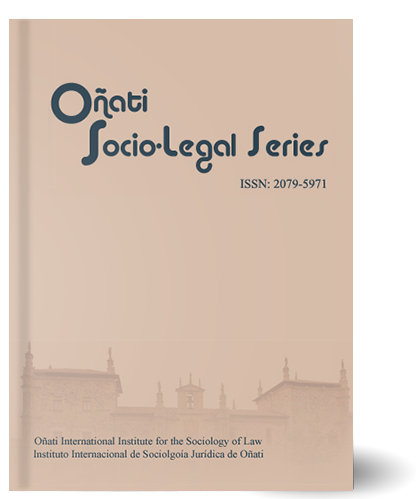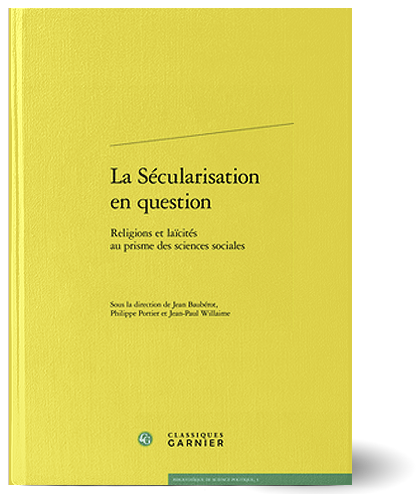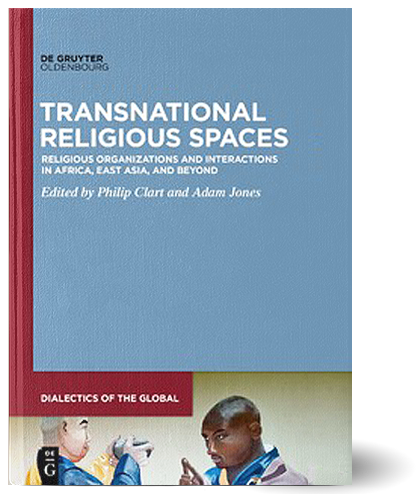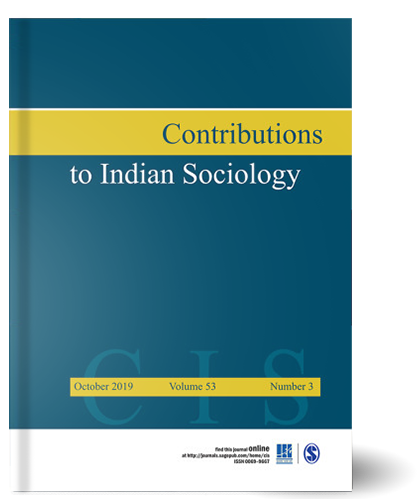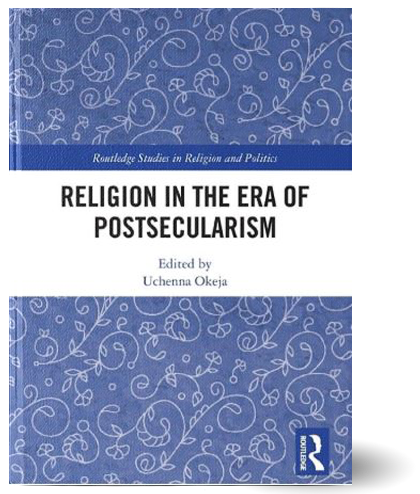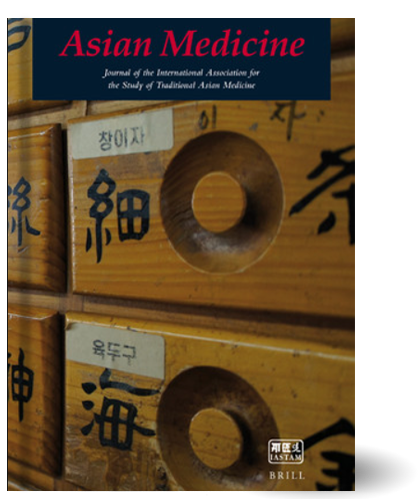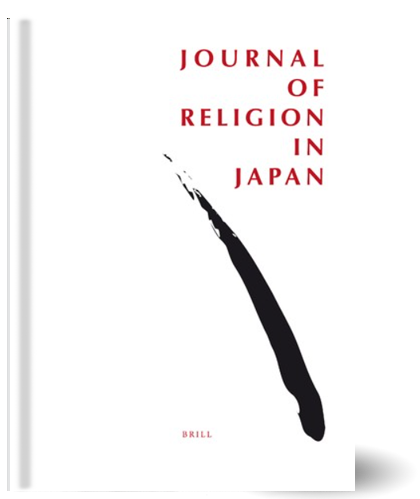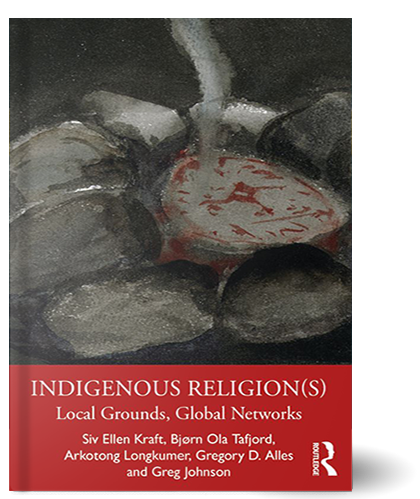
“To me, this is not religion. It is more like a juridical system”. Heidi Mayorga Escalante took me aside and lowered her voice. Heidi is the Bribri lawyer and activist who in January 2018 guided our group of researchers at the National Museum of Costa Rica. We had just entered a room where ‘INDIGENOUS RELIGION’ was written with bold and large letters on one wall, and ‘THE CATHOLIC CHURCH’ with equally bold and large letters on the opposite wall. Glass boxes with select objects, accompanied by snippets of text, representing indigenous religion and Catholicism respectively, stood on each side of the room, creating a neat symmetry, gesturing a comparison. Heidi was referring to the assemblage of objects and texts that articulated, exhibited, and explained an indigenous religion.
“TRANSLATING INDIGENEITIES: Educative Encounters in Talamanca, Tromsø, and Elsewhere.” In Indigenous Religion(s): Local Grounds, Global Networks. Edited by Siv-Ellen Kraft, Bjørn Ola Tafjord, Arkotong Longkumer, Gregory D. Alles and Greg Johnson, 21–58. Abingdon, Oxon, New York, NY: Routledge, 2020.


